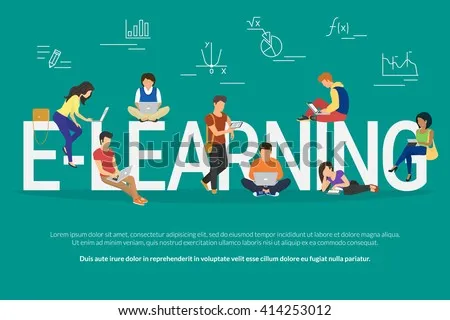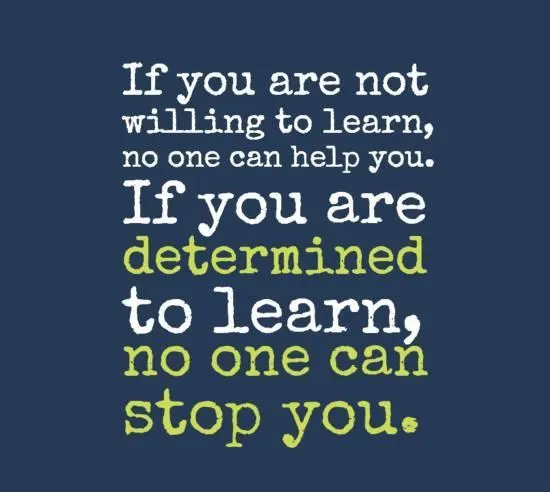The two competing psychological views of learning

Image Source
2 Views of learning
- Associationist view
- Gestalt view
In associationist view, the substance of cognition comprises of nodes and associations amongst them and the procedure of cognition comprises of the reinforcing and debilitating of associations. For instance, in Thorndike's exemplary investigation of animal learning, a ravenous cat was set in a wooden box.
The cat could escape by pulling a hanging circle of string that opened an entryway enabling the cat to get out and eat some adjacent food. Thorndike noticed that on the first day, the cat occupied with numerous superfluous practices previously coincidentally pulling the string, however on progressive days the quantity of unessential practices diminished.
After numerous days, the cat pulled the circle of string soon after being set in the box. As indicated by Thorndike, the cat started with a habit family chain of importance, a requested arrangement of reactions related with being set in an encased box. The cat would attempt the most emphatically related reaction first and when it fizzled, the quality of the relationship to that reaction would be debilitated.
In the end, the cat would pull the circle of string and get out, in this way expanding the relationship to that reaction. Over numerous days, the unessential reactions turned out to be pitifully connected with being in the box, and pulling the string turned out to be emphatically connected with being in the box.
In this manner, Thorndike offered an unmistakable vision of learning as the reinforcing and debilitating of stimulus reaction associations and memory as the processing of connected nodes in a system, a dream that ruled psychology through the 1950s and still twists today in overhauled frame.

Image Source
In Gestalt view, the substance of cognition comprises of cognizant structures, and the procedure of cognition comprises of building them. For instance, Kohler put an ape in a pen with cartons on the ground and a bundle of bananas hanging overhead distant.
Kohler watched that the ape glanced around and afterward all of a sudden set the boxes over each other to frame a step prompting the bananas, enabling the ape to climb the stairs and handle the bananas. As per Kohler, the ape learned by understanding, rationally revamping the articles in the circumstance so they fit together in a way that achieved the objective.
In this manner, understanding is a procedure of structure building. The Gestalt approach rose to unmistakable quality in the 1940s yet is once in a while specified today. In any case, the Gestalt theme of cognition as structure building underlies center points in cognitive science including the possibility of schemas, analogical reasoning, and important learning.
By the 1960s, the associationist and Gestalt views were reshaped into another view of cognition, called information processing. The information processing view inevitably turned into the centerpiece of cognitive science, the interdisciplinary investigation of cognition.
A premise in cognitive science is that cognition includes calculation, that is, cognition happens when you start with a portrayal as information, apply a procedure, and make a portrayal as yield. For instance, in a review of the field of cognitive science, Johnson-Laird noted, cognitive science, at some point unequivocally and at times verifiably, tries to clarify the workings of the brain by regarding them as calculations.
Human cognition on any undertaking can be depicted as a progression of cognitive procedures or as a progression of changes of mental representations.

Image Source
References:
https://en.wikipedia.org/wiki/Psychology_of_learning
https://www.verywell.com/learning-study-guide-2795698
https://plato.stanford.edu/entries/associationist-thought
https://www.learning-theories.org/doku.php?id=learning_theories:gestalt_psychology